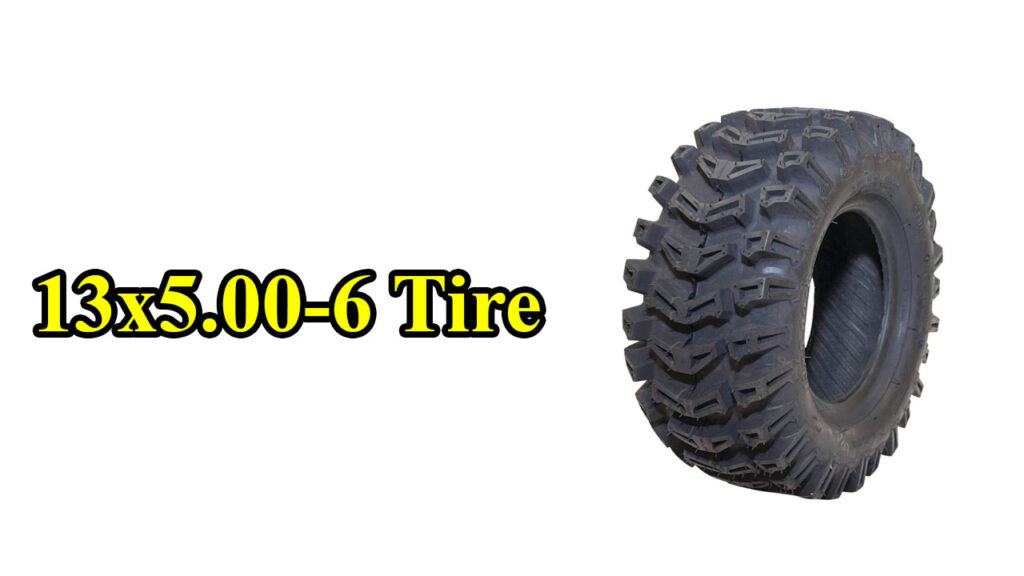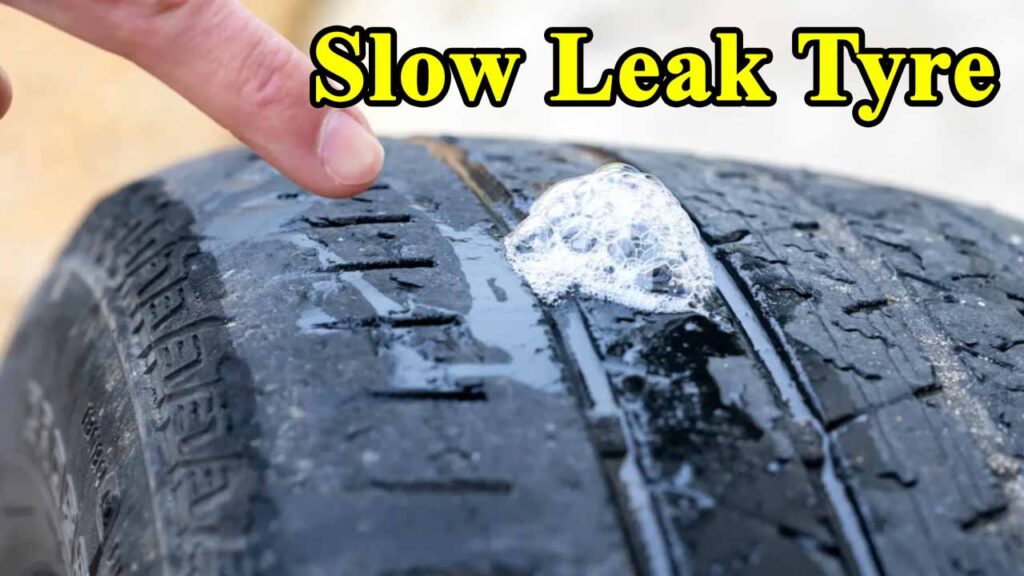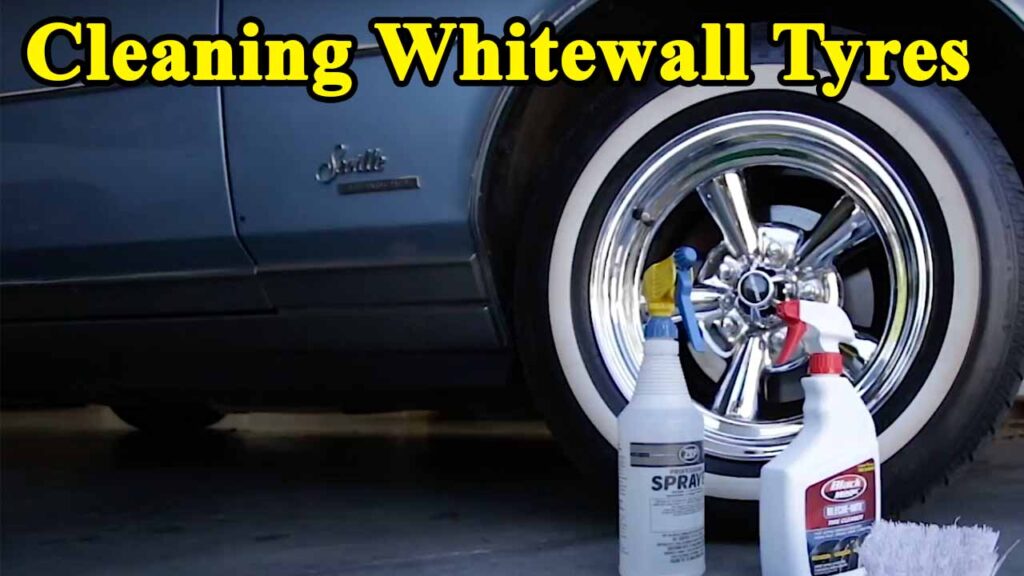As a long-time enthusiast and professional in the world of tires, I’ve seen countless innovations and trends come and go. But some things remain a constant workhorse, and the 13×5.00-6 tire is undoubtedly one of them. It might seem like a small, unassuming component, but its impact on the functionality and performance of a wide array of equipment is monumental. From the gentle hum of a riding lawn mower to the precise movements of specialized industrial machinery, this tire size plays a crucial role.
Let’s embark on an in-depth journey to understand everything about the 13×5.00-6 tire. We’ll explore its anatomy, applications, maintenance, and even delve into the subtle art of choosing the right one for your needs.
Jack Williams Tire: A Legacy of Trust and Tires in Pennsylvania
What Exactly is a 13×5.00-6 Tire? Decoding the Numbers
Before we roll into the specifics, let’s break down that seemingly cryptic code: “13×5.00-6.”
- 13 (Overall Diameter in Inches): This number represents the approximate height of the tire when inflated, from the top of the tread to the bottom. In this case, it’s roughly 13 inches. This is important for ground clearance and how the tire interacts with the equipment it’s fitted on.
- 5.00 (Section Width in Inches): This indicates the approximate width of the tire’s widest point, from sidewall to sidewall. So, a 5-inch wide tire. A wider tire often means better traction and stability, especially on softer surfaces.
- 6 (Rim Diameter in Inches): This is the diameter of the wheel (or rim) that the tire is designed to fit onto. This is a critical measurement – a 6-inch tire must go on a 6-inch rim, no exceptions!
Understanding these numbers is your first step to becoming a tire expert. It allows you to quickly identify compatible tires and avoid costly mistakes.
Where Does the 13×5.00-6 Tire Shine? Common Applications
The versatility of the 13×5.00-6 tire is truly remarkable. You’ll find it doing heavy lifting (or rather, heavy rolling) in a surprising number of scenarios.
- Lawn & Garden Equipment: This is perhaps its most common habitat. Think riding lawn mowers, garden tractors, tillers, and even some push mowers with larger wheels. Its compact size and ability to navigate various terrains make it ideal for maintaining lush green spaces.
- Personal Anecdote: I remember helping my grandfather replace the tires on his old Massey Ferguson garden tractor, and sure enough, they were 13×5.00-6. The difference new tires made in traction on his slightly sloped lawn was night and day!
- Utility Carts & Wagons: From industrial utility carts moving heavy loads in a warehouse to garden wagons hauling firewood, this tire provides stability and smooth movement.
- Hand Trucks & Dollies: Many heavy-duty hand trucks rely on this tire size for easy maneuvering of appliances, boxes, and other cumbersome items.
- Small Trailers: Some light-duty trailers, particularly those for ATVs, kayaks, or even smaller utility trailers, might utilize this tire size. However, it’s crucial to check the load capacity here.
- Specialized Industrial Equipment: Certain compact industrial machinery, often found in factories or small workshops, might also use this tire for its precise movement and maneuverability in tight spaces. Think along the lines of certain types of material handling equipment or small, custom-built machinery.
Anatomy of a Workhorse: Construction and Tread Patterns
Just like a good pair of shoes, a tire’s performance is heavily influenced by its construction and tread pattern.
Construction: Bias-Ply Dominance
For the 13×5.00-6 size, you’ll predominantly find bias-ply (or diagonal-ply) construction. This means the tire’s internal cords (typically nylon or polyester) are layered diagonally from bead to bead, forming a crisscross pattern.
- Advantages: Bias-ply tires are generally more durable, resistant to punctures from the sidewall, and often more affordable. They offer a comfortable ride at lower speeds due to their flexibility.
- Disadvantages: They can be prone to heat buildup at higher speeds and may have a slightly less precise feel than radial tires (though radials are rare in this size category).
While radial tires offer superior performance in many automotive applications, for the typical speeds and uses of equipment fitted with 13×5.00-6 tires, bias-ply is more than sufficient and often the better choice due to its robustness.
Tread Patterns: Tailored for the Terrain
The tread pattern is where the tire truly meets the ground, and its design dictates its grip and performance on different surfaces.
- Ribbed or Smooth: These patterns are ideal for gentle surfaces like lawns, offering minimal turf disturbance. Think of those classic smooth tires on your lawn mower’s front wheels. They’re designed to roll easily and not tear up the grass.
- Turf-Friendly: These feature a wider, shallower lug pattern designed to maximize traction without damaging delicate lawns. The lugs are spaced to distribute weight evenly and minimize rutting.
- Sawtooth or Bar Lugs: For more aggressive traction on dirt, gravel, or uneven terrain, you’ll find tires with more pronounced, sometimes angled, lugs. These are common on the rear wheels of garden tractors or on utility carts used off-road.
- Case Study: A local landscaping company I consult with recently switched to a more aggressive sawtooth tread on their zero-turn mower’s rear tires (though not 13×5.00-6, the principle applies) because they were constantly losing traction on wet slopes. The change significantly improved their efficiency and safety.
- All-Terrain (AT): A hybrid pattern that offers a balance of turf protection and off-road grip, suitable for varied applications.
Choosing the right tread pattern is crucial. Putting an aggressive lugged tire on a pristine golf course would be an absolute disaster!
The Importance of Proper Inflation: More Than Just a Number
This is where many people overlook a critical aspect of tire longevity and performance. Proper inflation is paramount for 13×5.00-6 tires, just as it is for your car.
- Refer to the Manufacturer’s Recommendations: Always, always check the sidewall of the tire itself or, even better, the owner’s manual of the equipment it’s on. This is where the recommended PSI (pounds per square inch) will be listed.
- Underinflation: Leads to excessive sidewall flexing, heat buildup, increased wear on the shoulders of the tread, and reduced load capacity. It can also make steering sluggish.
- Overinflation: Results in a harsher ride, reduced traction (as only the center of the tread makes contact), and accelerated wear in the center of the tread. It also makes the tire more susceptible to impact damage.
- Expert Opinion: “A tire is only as good as its air pressure,” says my friend, a seasoned tire technician from Chennai. “I’ve seen so many instances where a simple pressure check could have prevented premature wear or even a blowout on a busy work site.”
My Personal Rule of Thumb: I check the tire pressure on my garden tractor and utility cart every other time I use them. It takes less than a minute and saves me from costly replacements and frustrating performance issues.
How Much Is A Tire Rotation At Valvoline
When to Replace: Signs of Wear and Tear
Even the toughest tires eventually wear out. Knowing when to replace your 13×5.00-6 tires is essential for safety and optimal performance.
- Tread Wear: The most obvious sign. If the tread is significantly worn down, especially in the center or on the shoulders, it’s time for new tires. Some turf tires might not have visible wear bars like car tires, so visual inspection is key.
- Cracking or Dry Rot: Small cracks on the sidewall or between the tread blocks are signs of aging and exposure to UV light. This is particularly common in India’s harsh sun. While minor surface cracks might be cosmetic, deep cracks indicate structural degradation and an increased risk of failure.
- Bulges or Blisters: Any abnormal lumps or bulges on the sidewall or tread indicate internal damage and are an immediate cause for replacement.
- Punctures or irreparable damage: While small punctures can sometimes be repaired (depending on their location and size), extensive damage necessitates replacement.
Value and Price: What to Expect
The price of a 13×5.00-6 tire can vary significantly based on brand, tread pattern, ply rating (how many layers of cord material), and whether you’re buying it with a rim or just the tire.
-
Entry-Level (Budget-Friendly): You might find basic tires for as low as ₹800 – ₹1,500 (approximately $10-$18 USD) in local Indian markets or online. These are generally suitable for light-duty, occasional use.
-
Mid-Range (Good Value): Most popular brands and models will fall into the ₹1,500 – ₹3,000 (approximately $18-$36 USD) range. These offer a good balance of durability and performance for regular use.
-
Premium (Heavy-Duty/Specialized): For higher ply ratings, specific applications, or top-tier brands known for longevity, prices could go up to ₹3,000 – ₹5,000+ (approximately $36-$60+ USD). This is often an investment for commercial users or those who demand the absolute best.
-
Local Reference (India): In places like Shivajinagar in Bengaluru or the automotive parts markets in Karol Bagh, Delhi, you’ll find a wide variety of 13×5.00-6 tires. Always compare prices from different vendors and ask about the ply rating, as this directly impacts the load capacity and durability.
Essential Buying Tips and Originality
When purchasing a 13×5.00-6 tire, consider these points to ensure you get the best value and performance:
- Match the Ply Rating: This is crucial. A higher ply rating (e.g., 4-ply, 6-ply) indicates a stronger tire with a higher load capacity. Always match or exceed the original equipment’s ply rating, especially if you’re carrying heavy loads.
- Consider Your Usage: Are you primarily on delicate lawns, or do you traverse rough terrain? This will dictate your ideal tread pattern.
- Brand Reputation: While budget options exist, established brands often offer better quality control and longevity. Brands like Carlisle, Kenda, Deestone, and even Indian brands like MRF or Apollo (for relevant applications) are known for their quality.
- Check for DOT Date (Date of Manufacture): While less critical than for automotive tires, it’s still good practice to check the four-digit DOT code on the sidewall (e.g., “1223” means the 12th week of 2023). Avoid very old “new” tires, as rubber degrades over time.
- Buy from Reputable Dealers: Whether online or offline, ensure the seller has a good reputation and offers genuine products. Counterfeit tires, while rare in this specific size, can be dangerous.
My Personal Touch: The Unsung Hero
For me, the 13×5.00-6 tire embodies the idea that small components can make a huge difference. I’ve spent countless hours in my garden, and the reliable traction and smooth ride provided by these tires on my lawn tractor have transformed a chore into a calming activity. It’s not just about moving forward; it’s about doing so efficiently and without damaging the very lawn I work so hard to maintain.
It’s often the unsung hero, quietly doing its job, providing stability and mobility to the tools and machines that simplify our lives and livelihoods.
Conclusion: Rolling Towards Understanding
The 13×5.00-6 tire might not be the flashiest component on your equipment, but its importance cannot be overstated. Understanding its specifications, applications, and maintenance requirements empowers you to make informed decisions, extend the lifespan of your machinery, and ensure smooth, efficient operation. By paying attention to details like proper inflation and choosing the right tread, you’re not just buying a tire; you’re investing in performance, safety, and peace of mind. So, the next time you see one of these mighty minis, you’ll know there’s a lot more to it than meets the eye!
Frequently Asked Questions (FAQ)
Q1: Can I put a 13×5.00-6 tire on a rim that’s not 6 inches? A1: Absolutely not. The “6” in the tire size refers to the rim diameter, and it must match precisely. Trying to force a tire onto an incorrect rim is dangerous and can lead to immediate tire failure.
Q2: How do I know the correct tire pressure for my 13×5.00-6 tire? A2: Always check the sidewall of the tire itself or, more accurately, the owner’s manual of the equipment the tire is fitted on. The recommended PSI (pounds per square inch) will be listed there.
Q3: Are all 13×5.00-6 tires the same? A3: No. While the basic dimensions are the same, they differ significantly in ply rating (load capacity), tread pattern (for different terrains), and brand quality. Always choose a tire that matches your equipment’s requirements and your intended use.
Q4: Can I repair a punctured 13×5.00-6 tire? A4: Small punctures in the tread area can often be repaired by a professional tire shop. However, punctures or damage to the sidewall usually require tire replacement. It’s always best to consult a tire expert.
Q5: How often should I check the air pressure in my 13×5.00-6 tires? A5: For equipment used regularly, I recommend checking tire pressure at least once a month, or even every few uses. For seasonally used equipment, check before each season’s first use.
Q6: What’s the difference between a 2-ply and a 4-ply 13×5.00-6 tire? A6: The “ply rating” indicates the strength and load capacity of the tire. A 4-ply tire has more internal layers of cord material than a 2-ply, making it stronger, more resistant to punctures, and capable of carrying heavier loads. Always choose a ply rating equal to or higher than the original equipment.




